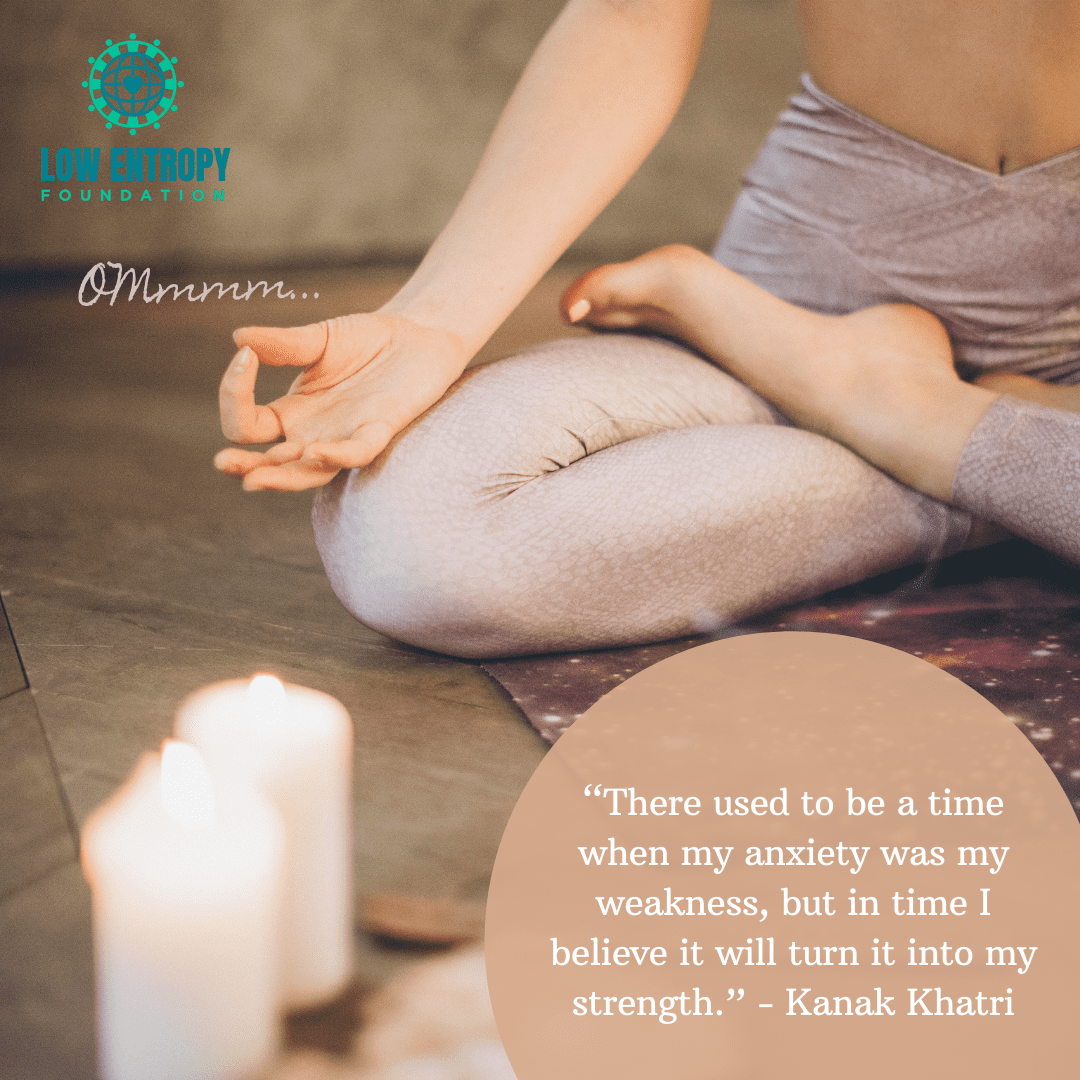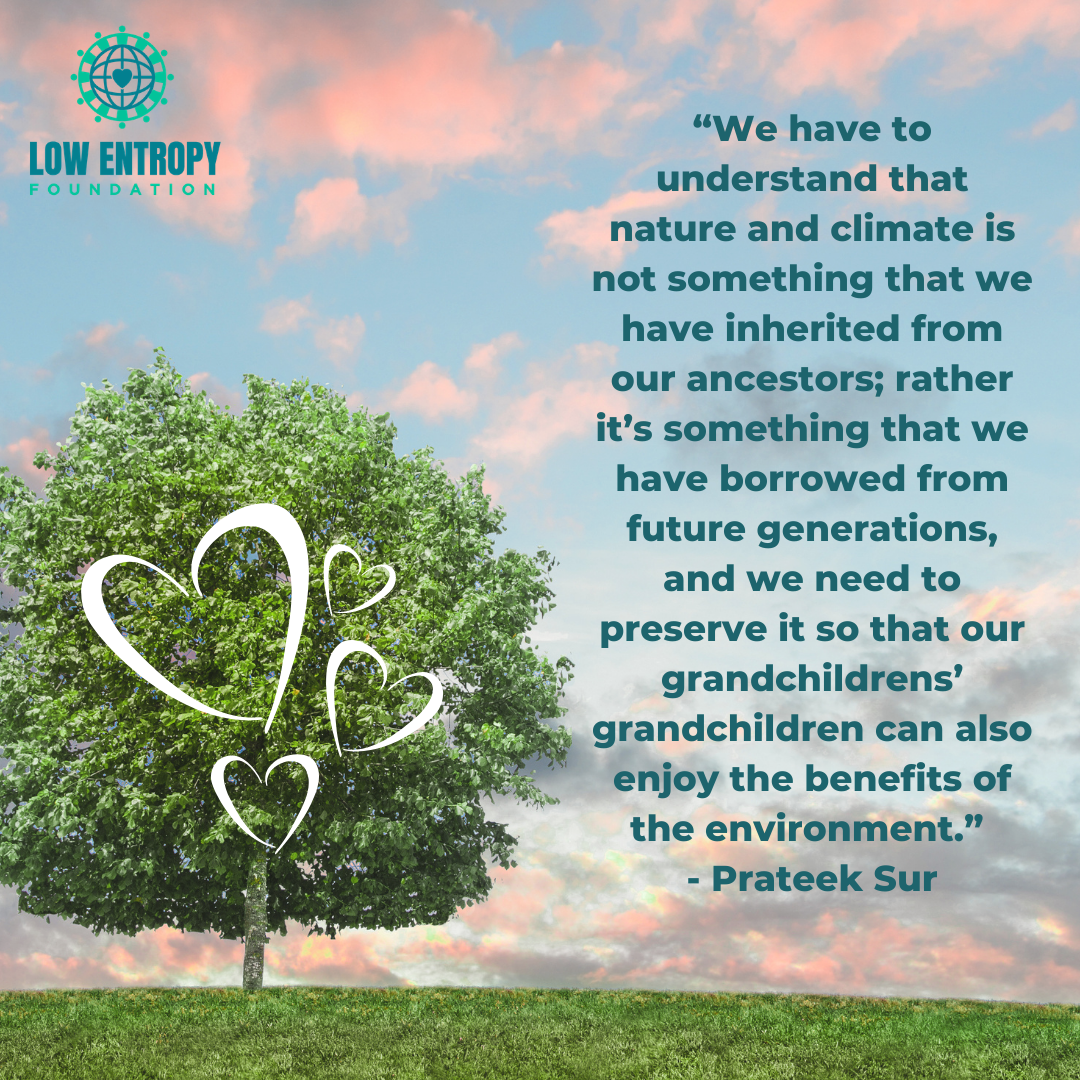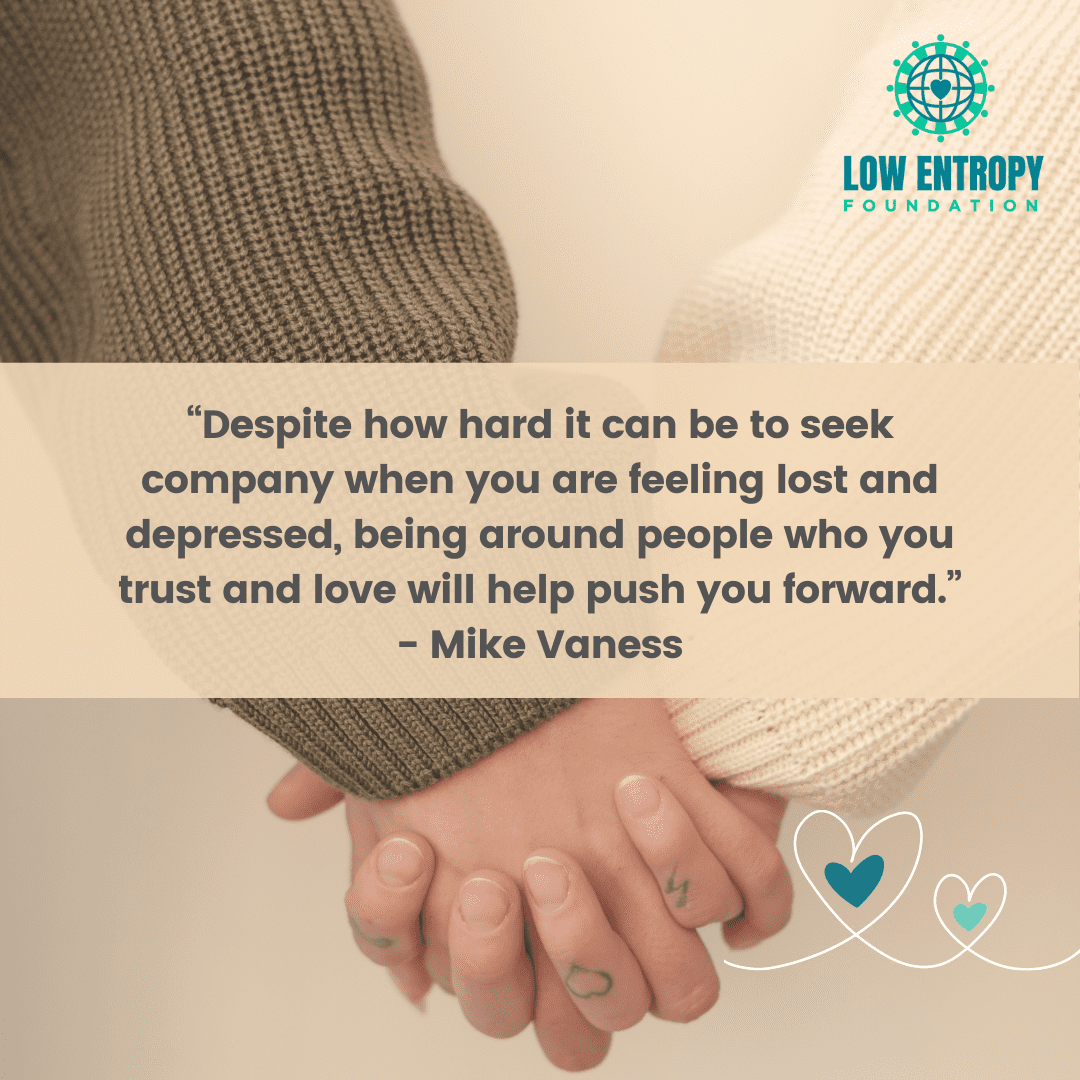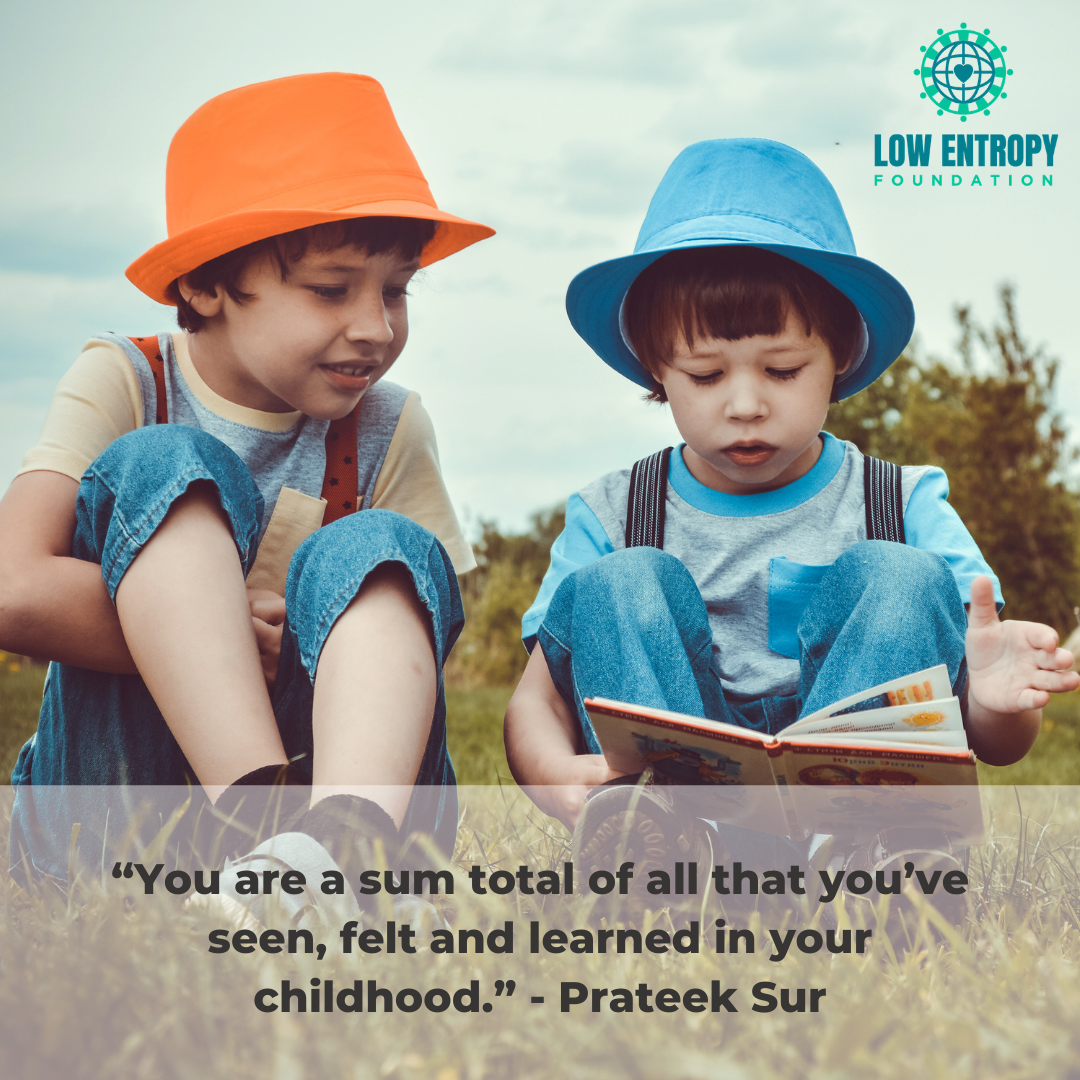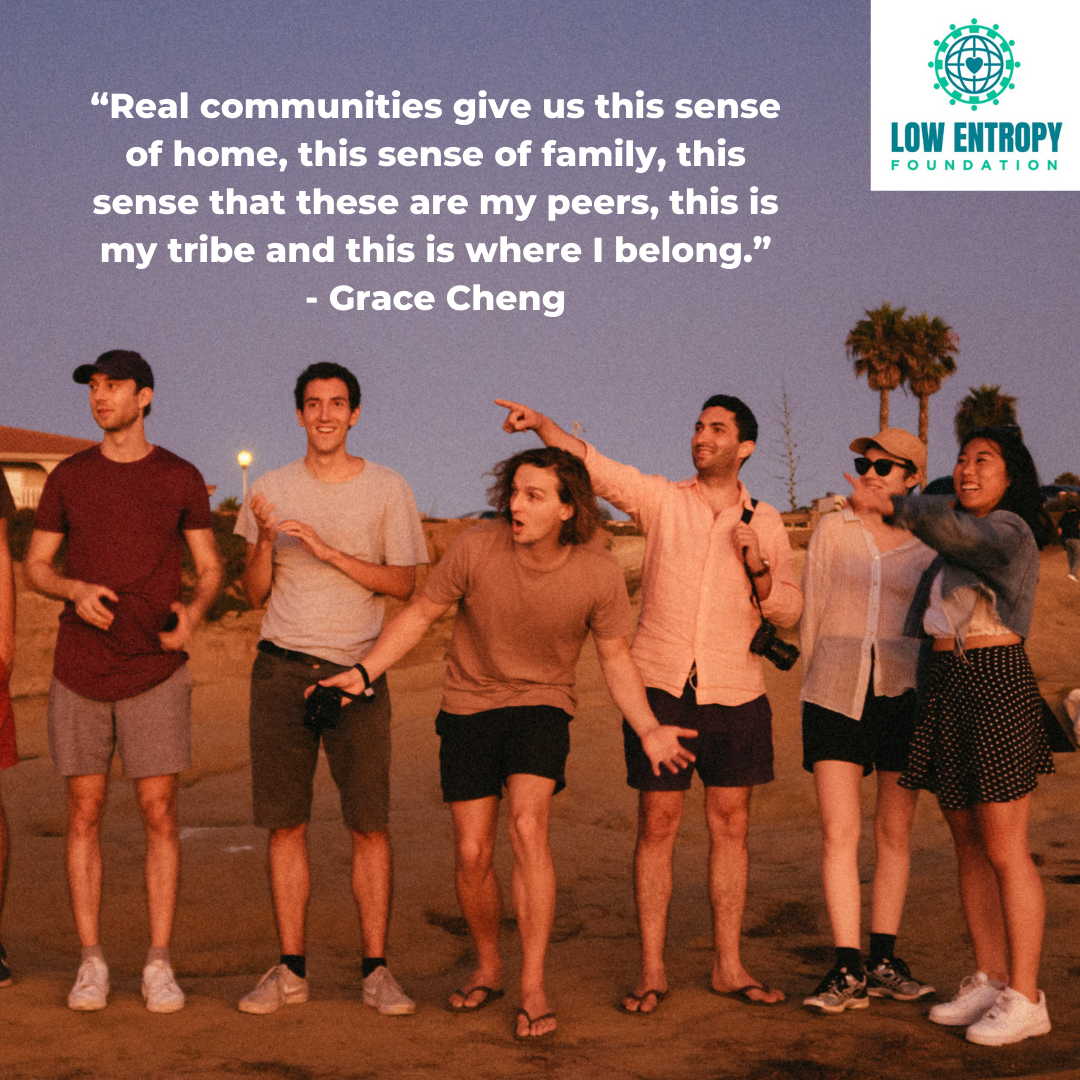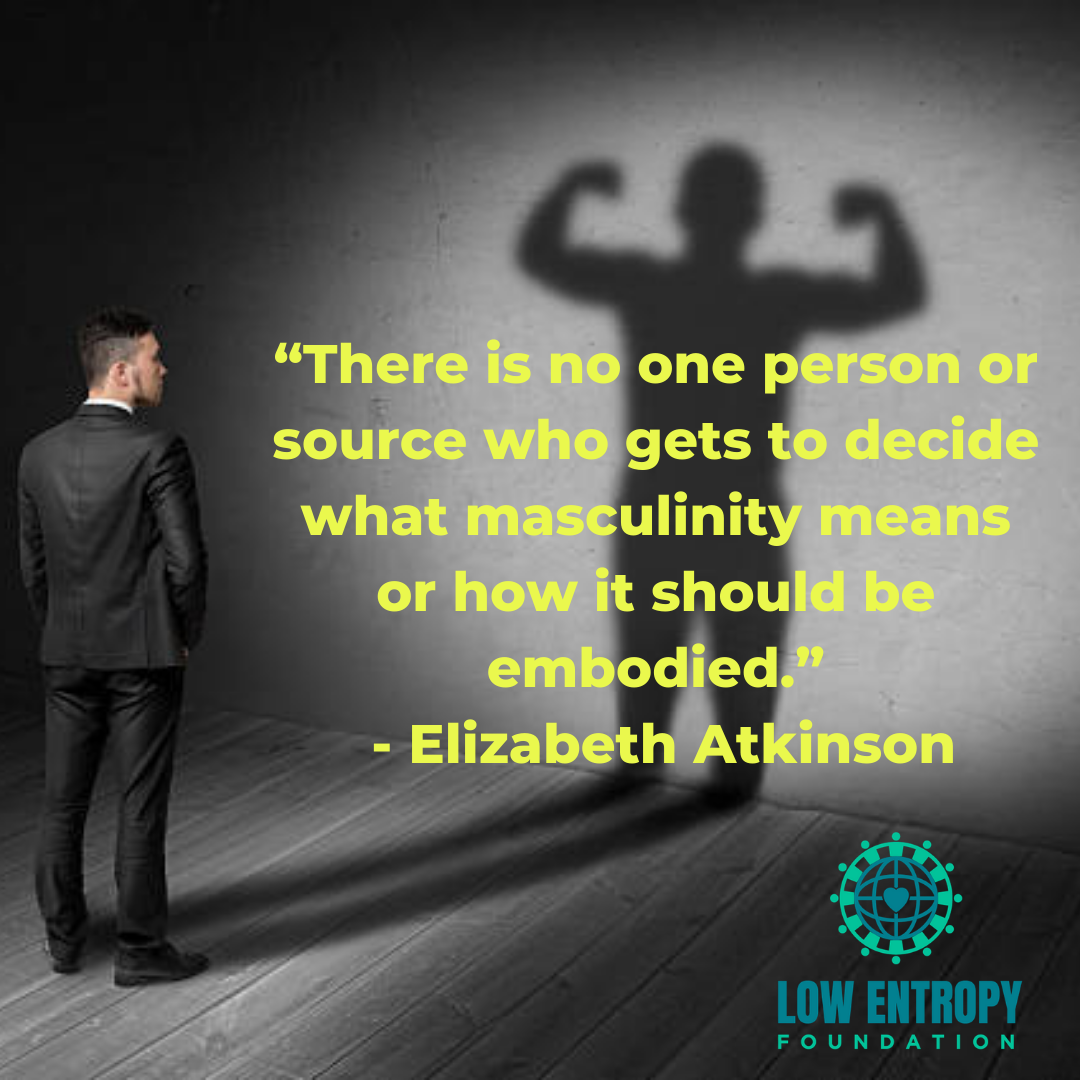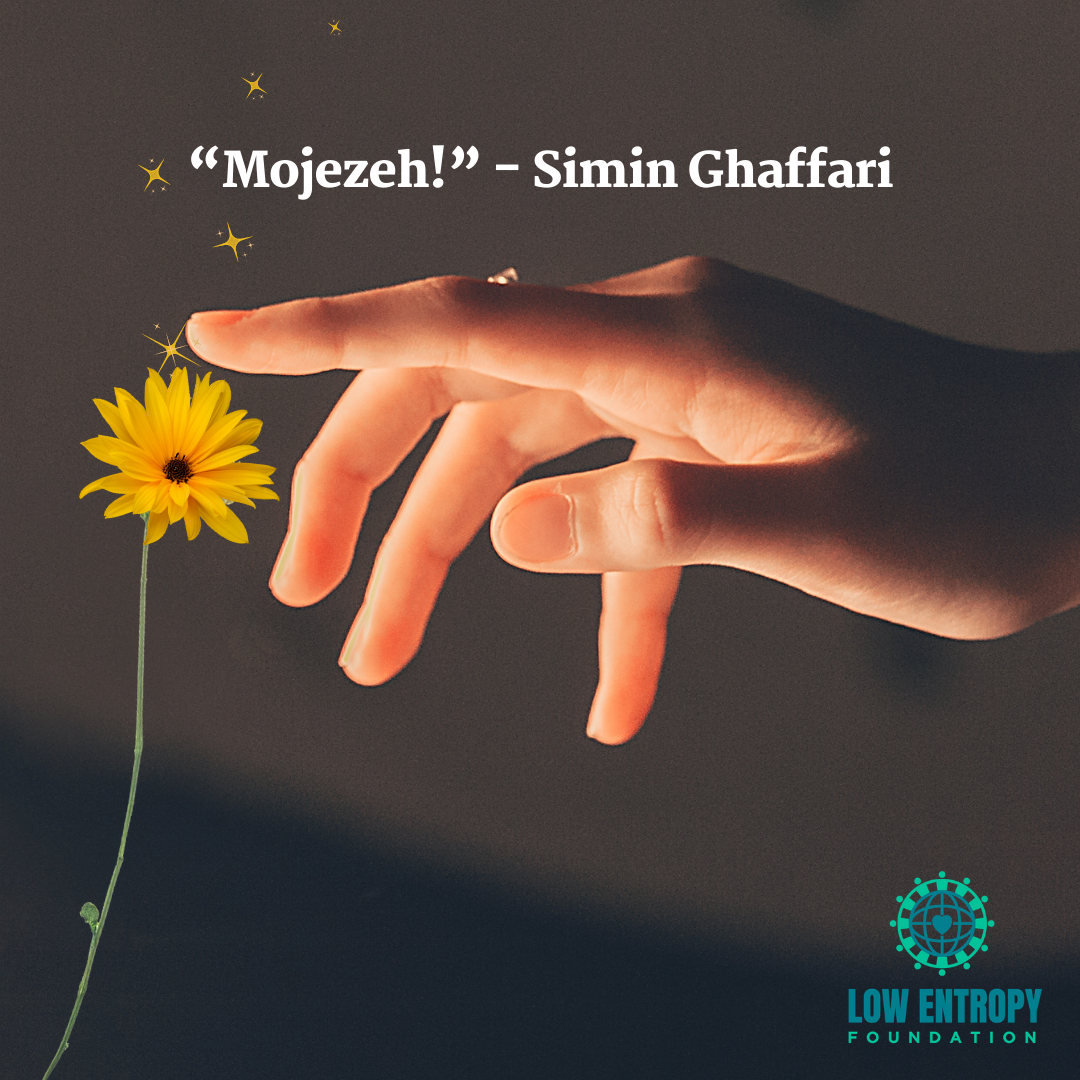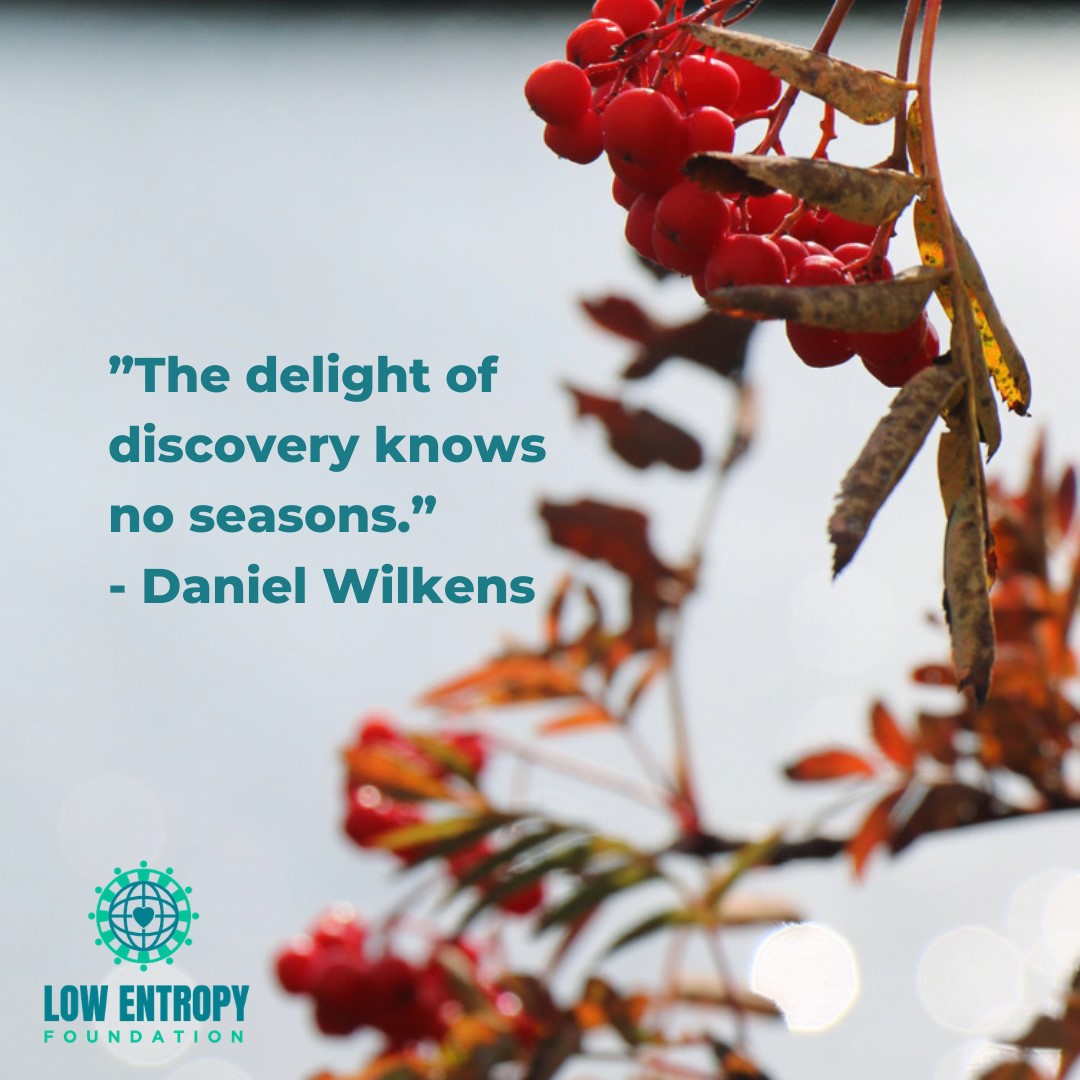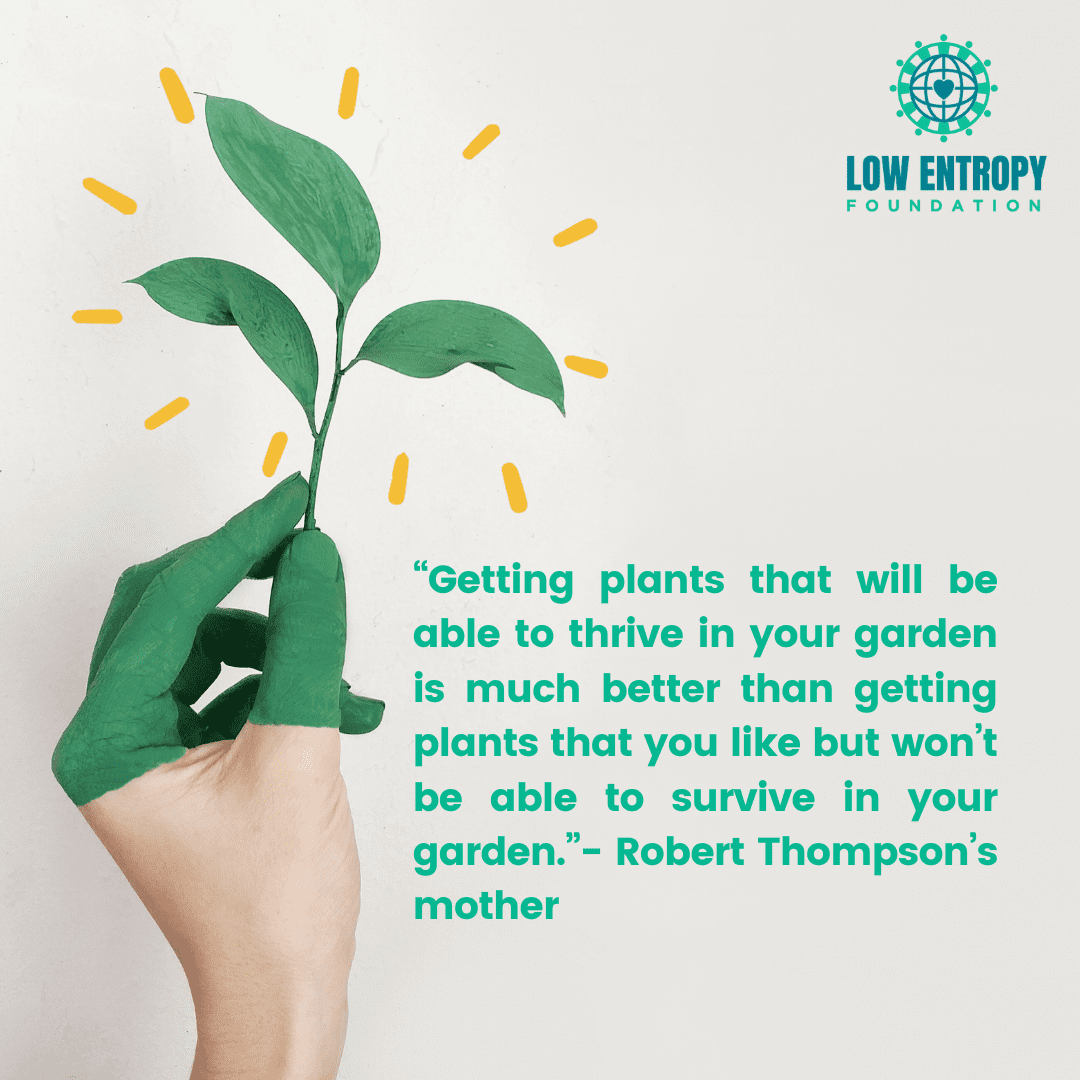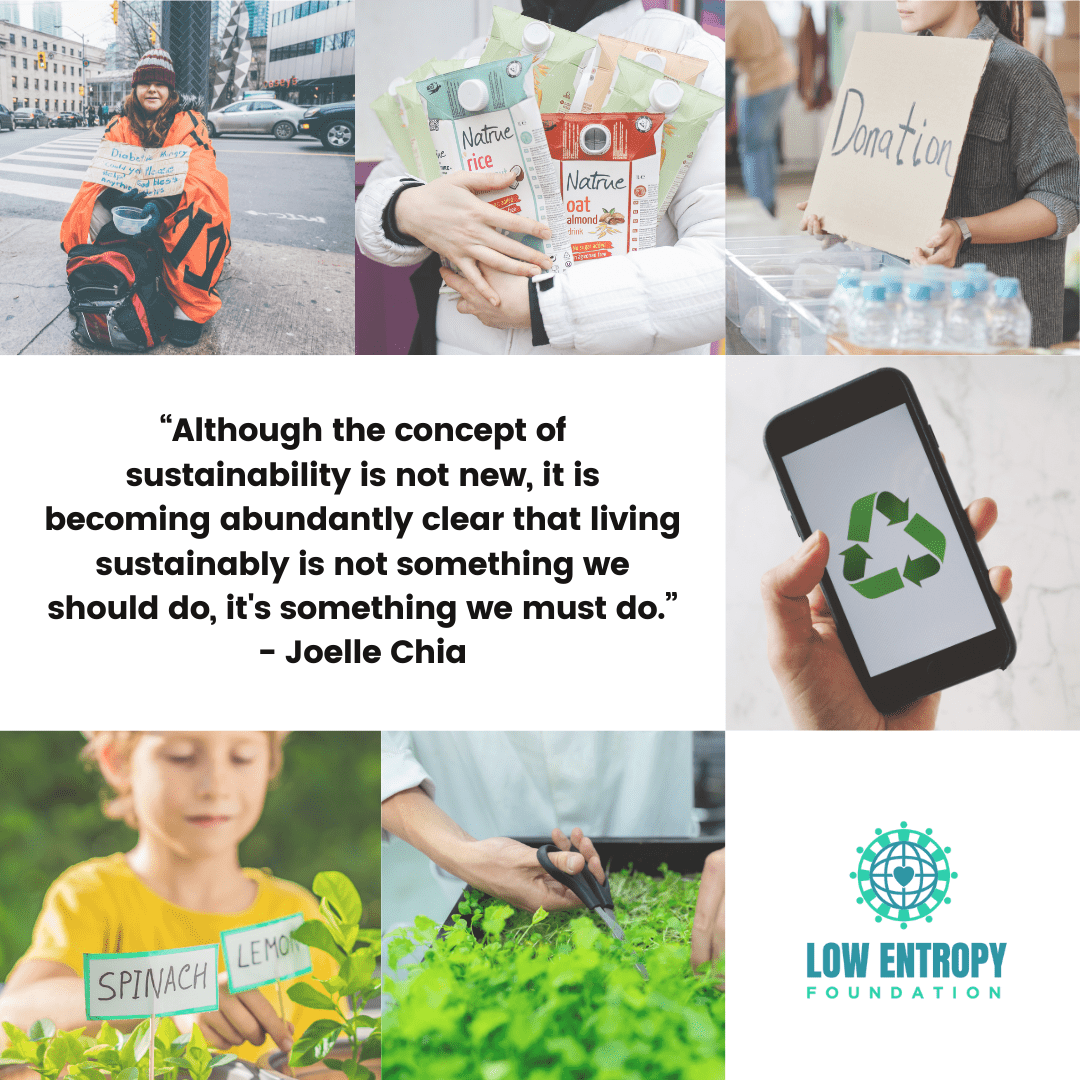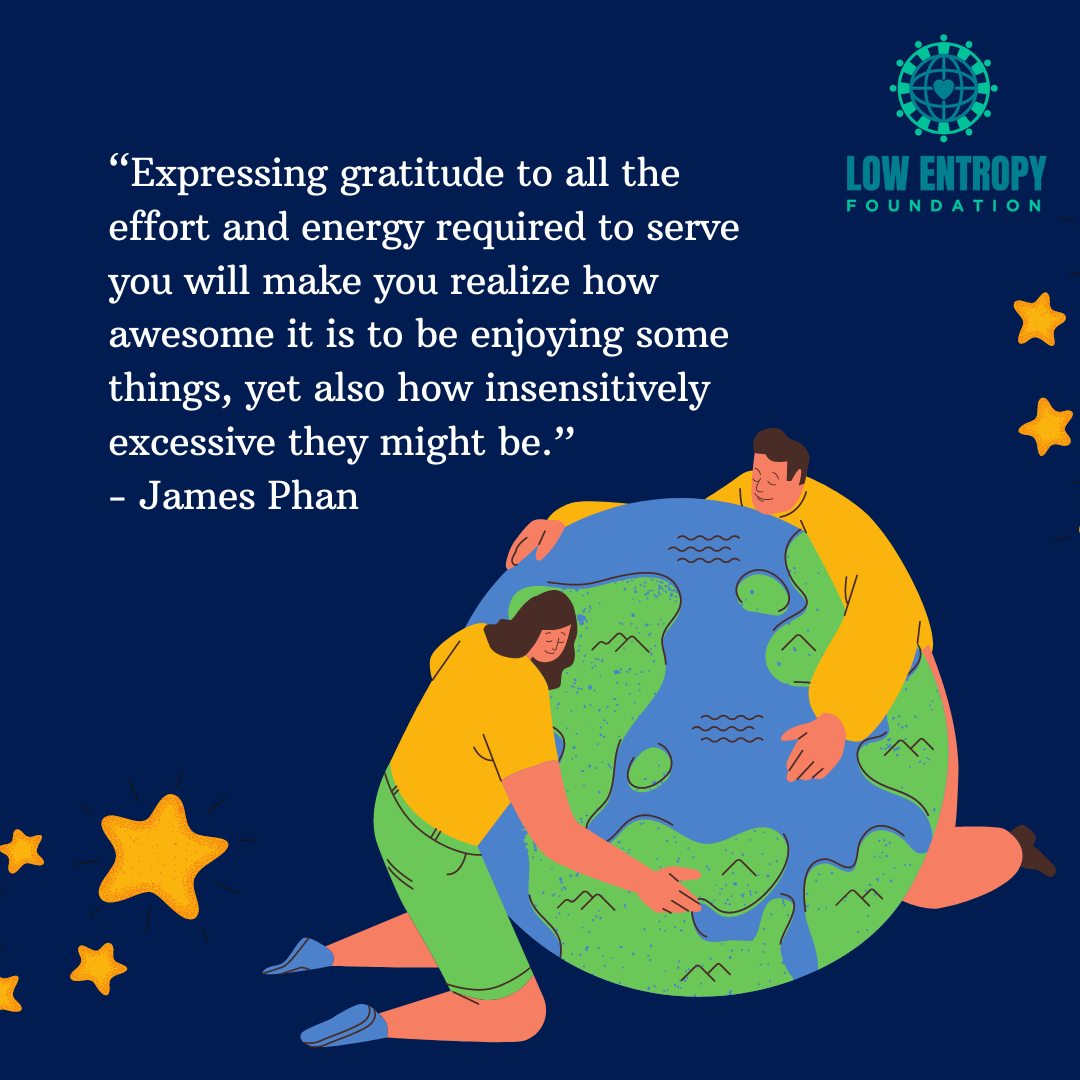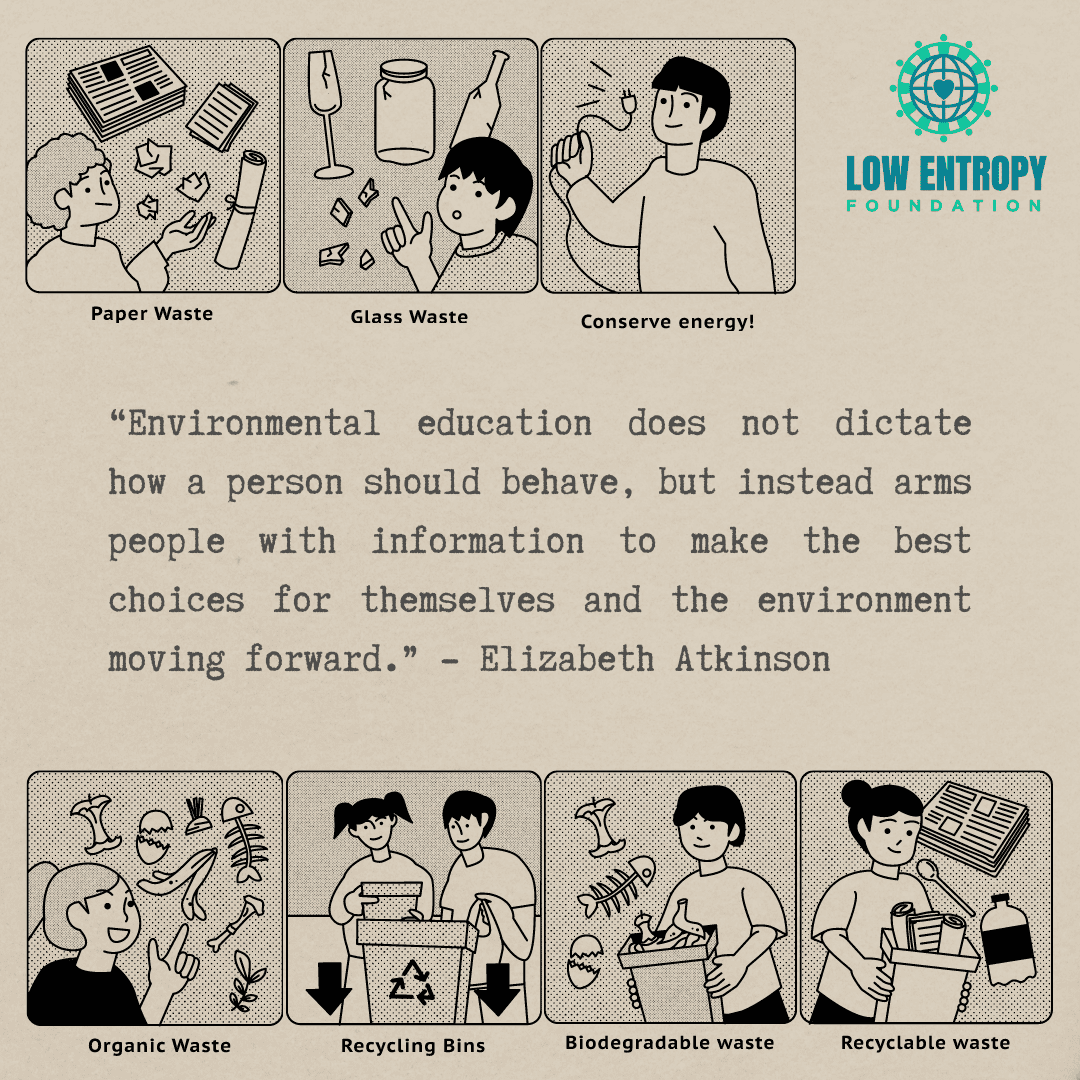From recognition to management, Low Entropy Volunteer Writer Kanak Khatri has had plenty of experience with anxiety disorder, and some advice to share on how to actually create value from it.
What is Anxiety Disorder?
Some days I realise that I am not going to get a lot of sleep because of a minor occurrence in my life. Other days, my nerves get agitated for seemingly no reason. As much as it is human and totally normal to be anxious, nervous and apprehensive sometimes, some people, like myself, have more pronounced and disproportionate experiences. That is anxiety disorder.
How Did I Identify It?
I had lived with anxiety disorder for several years before I realized that I needed help. The first step towards managing it was when I identified and accepted that I had anxiety, and now I had to live it. So, how did I identify my anxiety disorder? One effect of my anxiety disorder was its physical symptoms. Anxiety manifests physically with symptoms like rapid heart rate, sweaty palms, upset stomach, rapid breathing and restlessness. All this was happening from merely thinking about future events like a quiz or an interview, and sometimes for no reason. I also noticed that my anxiety disorder also affected the relationship that I had with myself. I was trying to be best at everything, and if I wasn’t, I felt shame and guilt. I was exhausted preparing for everything day and night, because nothing seemed good enough. I assumed the worst in every situation; I couldn’t stop the negativity in my train of thought. In addition, when times got tough, I closed off emotionally and avoided any kind of socializing. Although I knew there was something in me that I needed to acknowledge and address, I just did not want to accept it. In retrospect, I realize that if I had addressed it sooner, I’d be even healthier now.
How Do I Manage It?
Depending on the severity of the anxiety disorder, management may require professional help. This was my case, as it was accentuated by the loss of a close family member. However, many ways in which I manage my anxiety disorder are easy to adopt and adjust. After I identified and acknowledged my anxiety disorder, I started making a list of things that triggered my anxiety. This included deadlines, interviews, doing something new (like starting a new job) and basically most things that involved uncertainty. These triggers caused my mind to overflow with thoughts and what-ifs.
Scheduling my daily life and following a routine: Following making the list, I had to manage those things in such a way that they did not give me anxiety. Knowing I had control kept my anxiety in check. The most significant change that helped me was micromanaging my days and knowing the things I would get done each day. I would set reminders in my calendar, so I never missed any important event. For things that required preparation, like an interview, I gave myself plenty of time, so I would not exhaust myself. My scheduling also included waking up and sleeping at a fixed time, to give all my activities enough time.
Improving my relationship with myself: I came to terms with the fact that I do not have to be perfect. Making mistakes is what makes me human and gives me room for improvement. And I can never be totally prepared for life; I must deal with things as they come. I also made myself understand that everything has a chance of failure, and that I should not be negative when things don’t work. In other words, I took rein of my train of thoughts and now I know when to stop.
Practicing relaxation techniques: Two of the practices that really helped me were meditation and using a diffuser. I regularly meditate with a candle, which involves simply focusing on my breathing and the candle’s flame. I feel it makes me really focused, releasing a bit of anxiety with every breath I exhale. Using essential oils like lavender and chamomile with a diffuser has also helped me relax during the day and sleep at night.
How Has My Life Changed?
These changes did not happen overnight. For me, they took a few weeks to implement, and I still have a few sporadic bad days. But having a routine and schedule have not only reduced my anxiety, it has also given me advantages in life. My over-preparation proved to be fruitful for my interviews and my job, in general. There used to be a time when my anxiety was my weakness, but in time I believe it will turn it into my strength. This is how I live with my anxiety. I hope my story helps you live with yours too.
Do you have experience with anxiety? How do you manage it? Let our compassionate community know on our social media channels, in the comments below or at a Low Entropy meeting!







